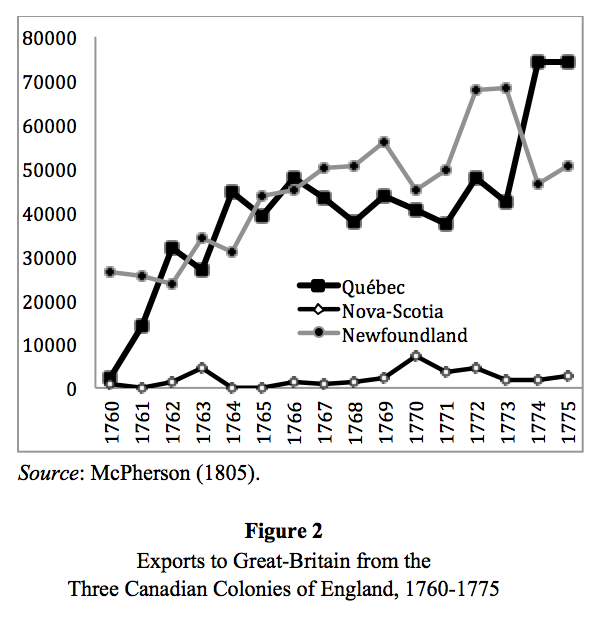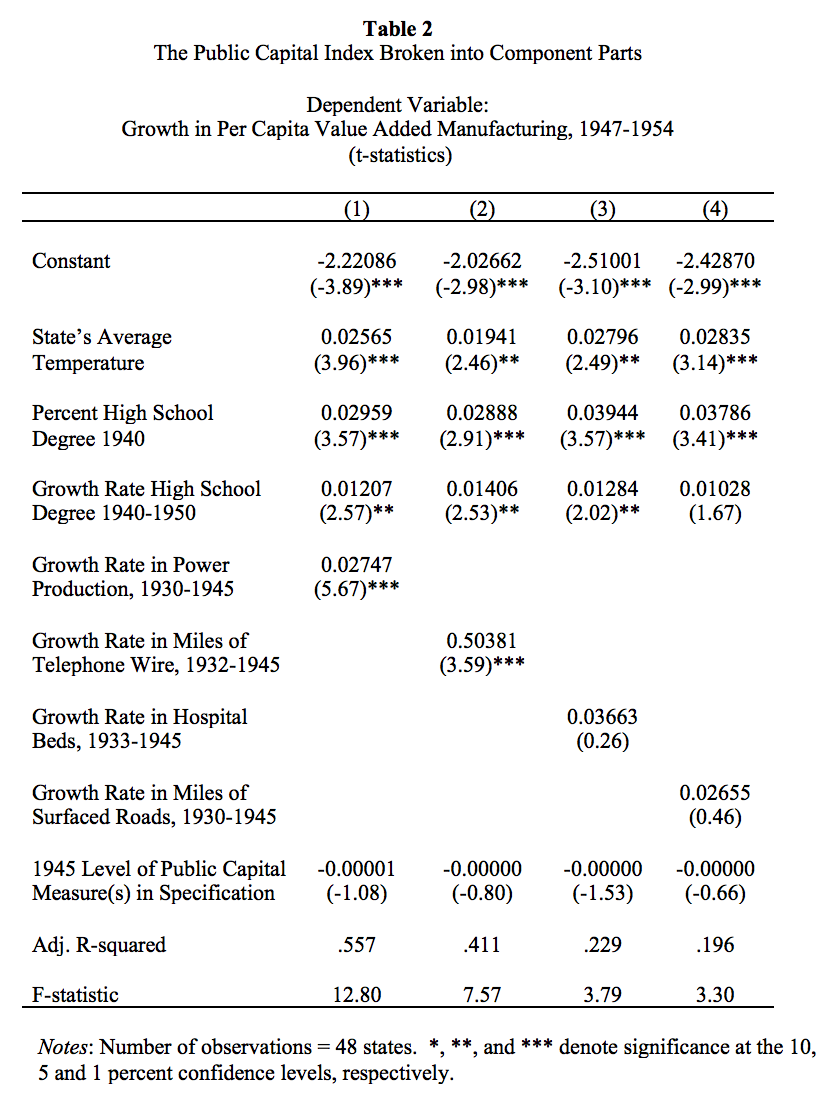Submissions
Submission Preparation Checklist
As part of the submission process, authors are required to check off their submission's compliance with all of the following items, and submissions may be returned to authors that do not adhere to these guidelines.- The submission has not been previously published, nor is it before another journal for consideration (or an explanation has been provided in Comments to the Editor).
- The submission file is in OpenOffice, Microsoft Word, or RTF document file format.
- The text is single-spaced; uses a 12-point font; employs italics, rather than underlining (except with URL addresses); illustrations, figures, and tables may be placed within the text at the appropriate points, or at the end of the submission.
- The Author Guidelines below outline the journal's stylistic and bibliographic requirements. An initial submission need not conform to these, but the editors will expect the authors of all accepted papers to make their best efforts to adhere to these in the final, accepted versions.
Letters
Letters are concise, original contributions to economic and business history, limited to a maximum of 2,500 words including references, tables, and figure captions. This section is intended for tightly focused empirical observations, methodological commentary, theoretical clarification, or historiographical reflection. We also welcome case studies that offer novel insights into specific episodes, actors, institutions, or datasets, particularly when they raise questions or suggest implications for broader scholarly debates. Submissions are reviewed directly by the editorial team and decisions are limited to accept, conditional accept, or reject; major revisions will not be requested. Accepted letters will be professionally copyedited prior to publication and published on an expedited timeline.
Privacy Statement
The names and email addresses entered in this journal site will be used exclusively for the stated purposes of this journal and will not be made available for any other purpose or to any other party.







